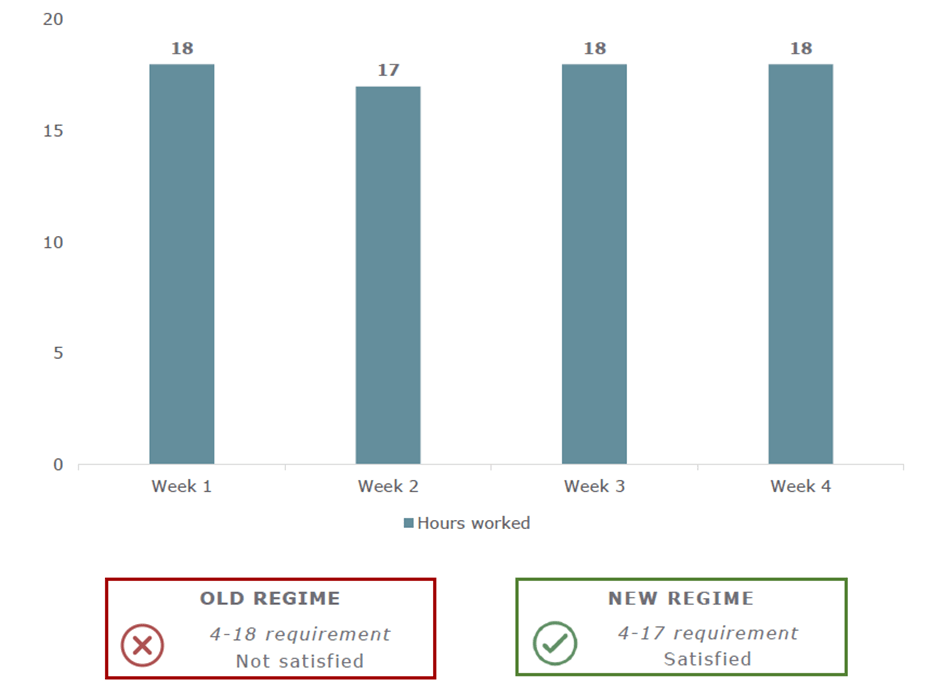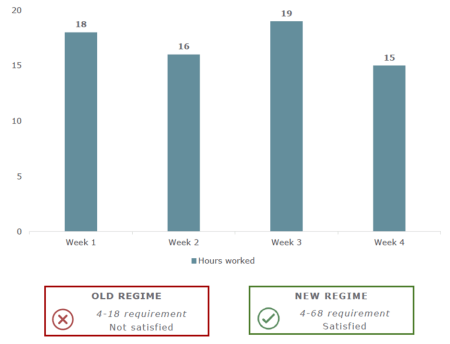On 18 June 2025, the Hong Kong Legislative Council passed the Employment (Amendment) Bill 2025, which was gazetted as the Employment (Amendment) Ordinance 2025 on 27 June 2025 (the Ordinance), introducing changes that broaden the criteria for an employee to be regarded as employed under a continuous contract, as defined in the Employment Ordinance (Cap. 57) (the EO).
In Hong Kong, all employees are entitled to basic employment protections under the EO, such as the right to take statutory holidays without pay, restrictions on deductions from wages and minimum wage protection. However, additional statutory employment benefits such as annual leave, holiday pay and sickness allowance are only available to employees who meet the continuous contract requirement. The new regime allows more employees to access these additional statutory benefits.
The Ordinance will come into effect on 18 January 2026.
This article highlights the key changes introduced by the Ordinance, and what it entails for employers and employees in Hong Kong.
The law in this respect is complex. Please note that this article does not, and is not intended to, constitute legal advice, and should not be relied upon as such. Slotine can assist in assessing entitlement to statutory employment benefits and with issues surrounding employment termination. Please contact us if you wish to learn more about this.
THE EXISTING 4-18 REQUIREMENT
Under the current EO, employees are considered employed under a continuous contract if they work for the same employer for at least 18 hours per week for four or more consecutive weeks (the 4-18 Requirement). If the employee works fewer than 18 hours in any given week, that week does not count toward continuous employment under the current regime.
If an employee satisfies the 4-18 Requirement, subject to certain additional conditions such as the length of continuous service, they become entitled to statutory employment benefits such as paid annual leave, rest days, sickness allowance, maternity/paternity leave, holiday pay and severance or long service payment.
CHANGES INTRODUCED BY THE EMPLOYMENT (AMENDMENT) ORDINANCE 2025
The Ordinance introduces greater flexibility by lowering the weekly working hours threshold for continuous employment from 18 to 17 hours, and by adding an alternative criterion based on the total number of hours worked over a four-week period.
Lower weekly threshold: the 4-17 requirement
Under the new regime, the weekly working hours threshold for meeting the continuous contract requirement will be lowered from 18 hours to 17 hours. As a result, employees who work for the same employer for at least 17 hours per week for four or more consecutive weeks (the 4-17 Requirement) will qualify as being employed under a continuous contract.

Alternative criterion: the 4-68 requirement
The new regime further relaxes the continuous employment threshold by introducing an alternative way for employees to be considered as employed under a continuous contract. Under the Ordinance, an employee will qualify as being employed under a continuous contract if they worked for an aggregate of 68 hours or more within a four-week period (the 4-68 Requirement). This means an employee may qualify even if they worked fewer than 17 hours in a given week in the four-week period.

Impact for employers and employees
The new regime will allow more part-time employees to qualify for continuous employment and benefit from statutory protections. In particular, employees with fluctuating working hours who didn’t meet the 4-18 Requirement may meet the 4-68 Requirement. These changes will increase the pressure on employers, who should closely monitor the number of hours worked by part-time employees to assess whether they could become entitled to additional statutory benefits.
KEY TAKEAWAYS
- The Ordinance relaxes the definition of continuous employment by:
- lowering the weekly working hours threshold from 18 to 17 hours;
- introducing a new qualifying route based on 68 aggregate hours over four weeks.
- The new regime will enable more employees to meet the continuous contract requirement and, depending on their length of service, become eligible for additional statutory benefits such as paid annual leave, rest days, sickness allowance, maternity/paternity leave, holiday pay and severance or long service payment.
- The changes may increase operational pressure on certain businesses that rely on part-time employees. Employers should review employee work schedules to assess who will qualify as being employed under a continuous contract once the changes come into force, anticipate additional costs, and consider whether amendments to employment terms are required.
CONTACT US
If you need help or advice regarding employment-related issues, get in touch with us.



